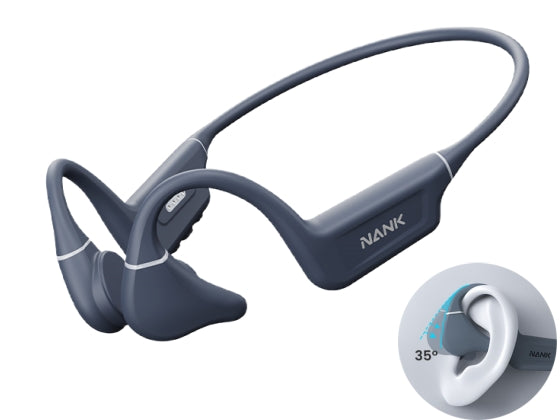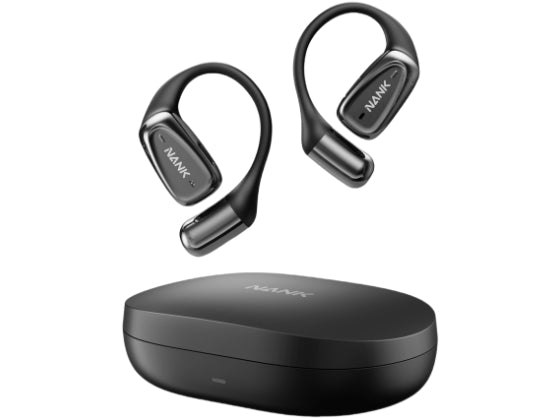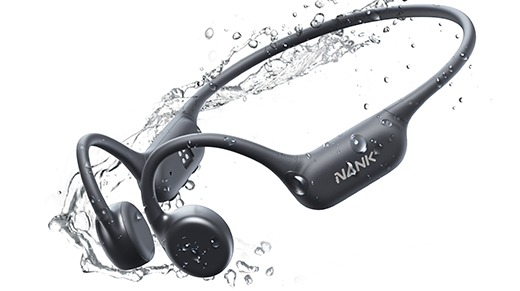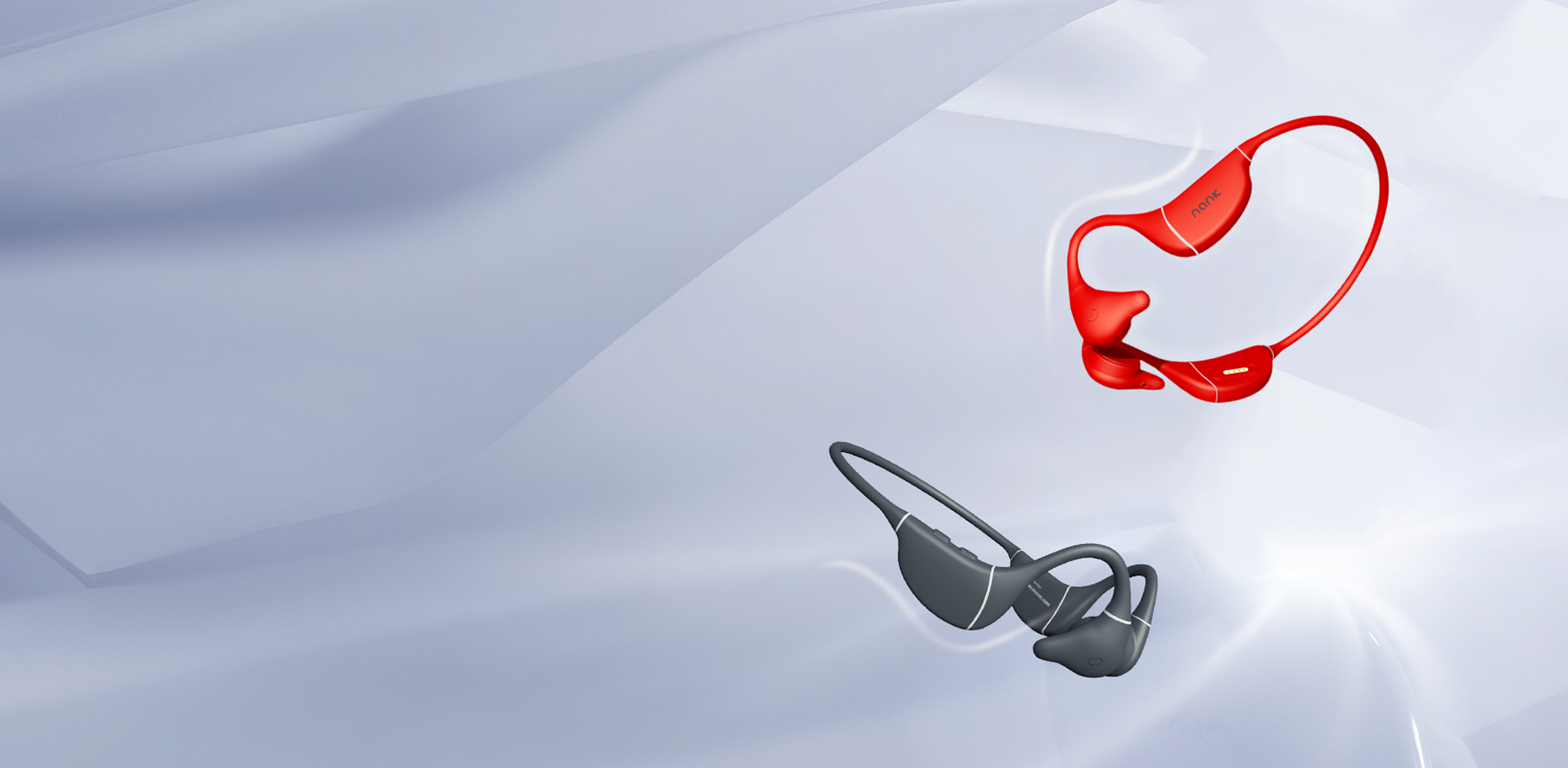Over the years, the innovative nature of bone conduction headphones has attracted more and more people to use them, especially among fitness enthusiasts, runners, cyclists and the hearing impaired. They offer a unique solution for people who want to enjoy audio content while keeping their ears open, but one question keeps coming up: are bone conduction headphones safe for your hearing?
How Bone Conduction Headphones Work
First, let's go over the basics: what exactly are bone conduction headphones? Unlike traditional headphones that use speakers to transmit sound waves through the air to the ear canal, bone conduction headphones bypass the ear canal entirely. Instead, they transmit sound vibrations through bones in the skull (usually the cheekbones or temporal bones near the ears). These vibrations are then picked up by the cochlea (the part of the inner ear responsible for processing sound). From there, the sound signals are sent to the brain.
This unique way of transmitting sound makes bone conduction headphones ideal for those who need to keep both ears free - whether they are engaged in outdoor activities such as running, biking or hiking, or simply prefer an open headphone design for safety reasons. For example, being able to hear your surroundings while enjoying music or taking a phone call may be a crucial safety feature when running on a busy street.
Further reading: How Bone Conduction Headphones Work
Are bone conduction headphones safe?
Before delving into the potential hearing risks, it's important to first recognize the many benefits of bone conduction headphones. Their open-ear design allows users to be aware of their surroundings, which is crucial for outdoor sports such as running or biking, where staying alert to approaching cars, cyclists, or pedestrians is essential. Additionally, bone conduction headphones are a more comfortable option for those with sensitive ear canals or ears that are prone to infections, as they do not fit inside the ear, avoiding the discomfort associated with traditional headphones. For users with conductive hearing loss, bone conduction headphones are even more advantageous because they bypass the ear canal and transmit sound directly to the cochlea, helping the hearing impaired to better perceive sound.
Can bone conduction headphones damage your hearing?
Bone conduction headphones are often considered a safer option for your hearing health than traditional in-ear or over-ear headphones. The main reason for this is that bone conduction headphones transmit sound through the bones in your skull, bypassing your eardrums entirely and not requiring them to pass through the ear canal. This means that they don't act directly on the eardrums as traditional headphones do, avoiding the pressure on the eardrums that comes with prolonged exposure to high volume levels, which effectively reduces the risk of eardrum damage. While traditional headphones can be used in a way that causes the sound to be transmitted directly to the eardrum, which can lead to eardrum fatigue or damage in the long term, the unique working principle of bone conduction headphones avoids this potential risk.

In addition to this, bone conduction headphones can also improve the user's concentration to a certain extent. When the ears remain open, users can hear their surroundings more clearly, making them less likely to turn up the volume to unsafe levels to mask external noises. This is especially important for everyday use, especially during outdoor activities such as running, cycling or walking, where staying alert can help avoid accidents. Lower volume settings also help maintain long-term ear health, as constant high volume is one of the leading causes of hearing damage. By using bone conduction headphones wisely, users can enjoy audio content while minimizing the risk to their hearing.
Finally, because bone conduction headphones do not fit into the ear canal or cover the ear, they reduce the risk of ear infections and hygiene issues associated with traditional headphone use. In-ear headphones tend to accumulate sweat, earwax, and bacteria, which can lead to clogged ear canals or infections with prolonged use. The open design of bone conduction headphones avoids these problems; they do not come into direct contact with the ear canal, reducing the chances of bacterial growth and ear discomfort. This advantage of bone conduction headphones is especially noticeable for those who exercise regularly or use headphones in wet environments, helping to keep their ears clean and healthy.
Conclusion
Bone conduction headphones are an excellent alternative to traditional audio devices, and are particularly suitable for those who wish to remain aware of their surroundings or who are hearing impaired. All in all, bone conduction headphones are safe for your hearing as long as they are used appropriately. If you're interested in bone conduction headphones, Nank has a number of great options, check out our wireless bone conduction headphones.








